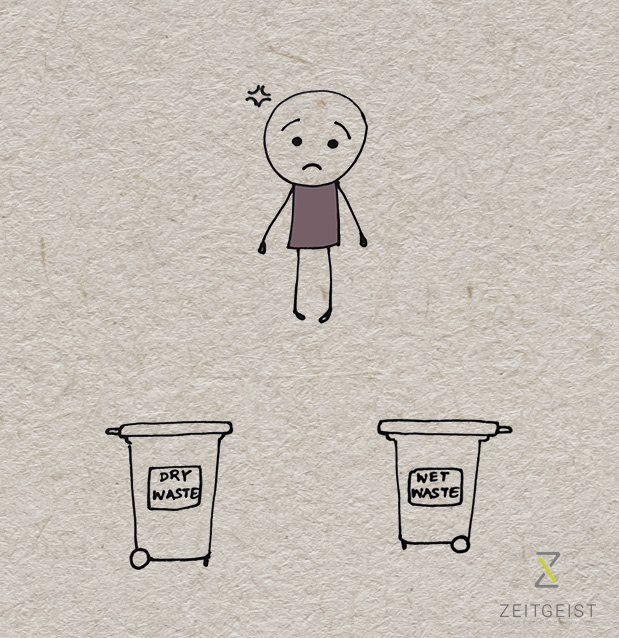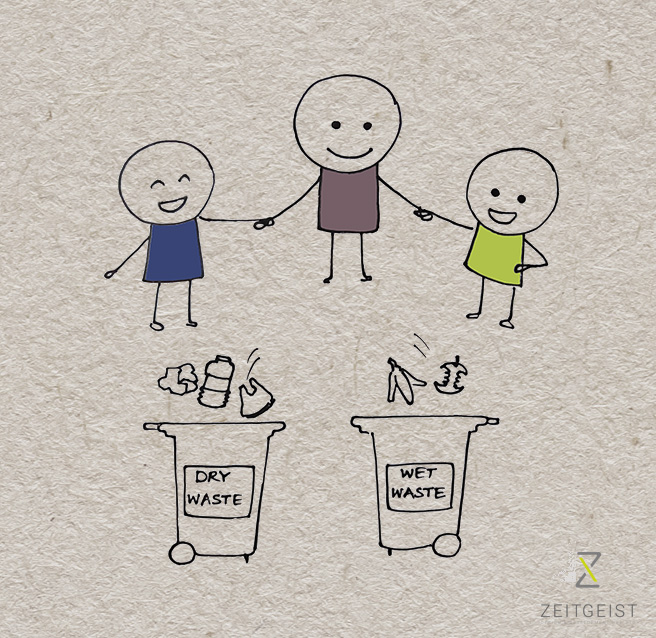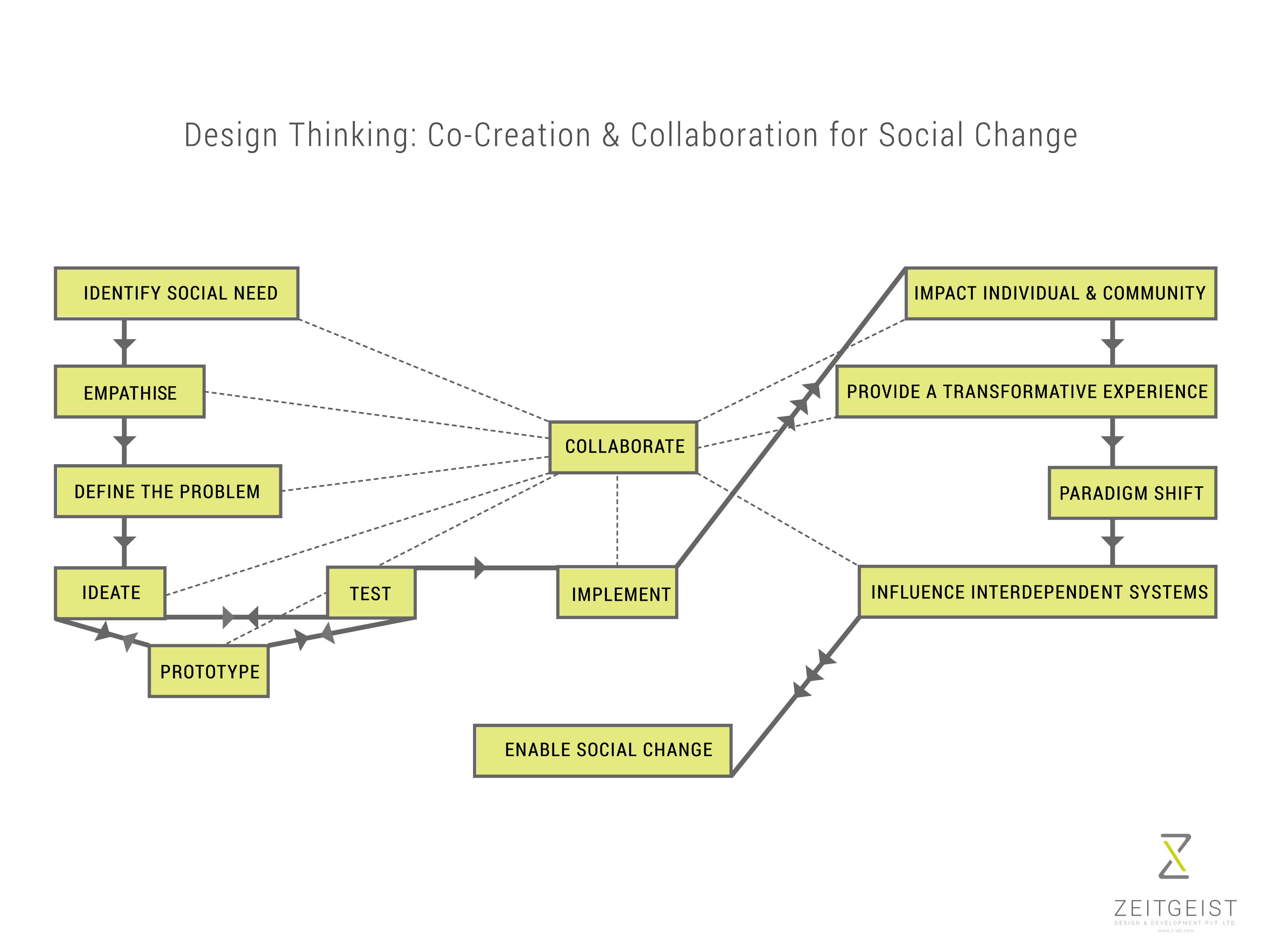Design Strategy
According to the Center for Social Impact at the University of Michigan:
Social Impact is a significant, positive change that addresses a pressing social challenge.
For the change to be significant it needs to be systemic, not piecemeal.
So how does one go about maximising systemic positive change?
One of the reasons Zeitgeist advocates co-creation is because of its potential to generate innovative design that can have far reaching social impact.
Consumers today seek out brands that exemplify social responsibility, sustainable development and higher purpose; brands that answer the bigger questions such as:
– How do we design a car that reduces air pollution?
– How do we ease the difficulty parents who have terminally ill children experience?
– How can we find a way to give villagers in remote areas access to safe drinking water?
We believe co-creation provides the best approach and today we’d like to explain why.
We have scaled things down and chosen the example of waste segregation at home, to explain how co-creation offers the most effective method – one that brings about a systemic change.
The identified need here that can bring about positive social impact is – Waste Segregation.

SOLUTION WITHOUT CO-CREATION
You invest in two garbage bins and inform all the members of your home that henceforth garbage needs to be separated as wet and dry waste. You pat yourself on the back for having done your bit for the environment.
However, after two weeks, you realise that all isn’t well, when the garbage collector refuses to collect garbage from your home henceforth, since it is not being properly segregated.
How can this be? What is going wrong?

After some investigation, you discover the following:
– Your 8 year-old and the house help both don’t fully understand the difference between wet and dry waste.
– The garbage pick-up is now being done at 5am and not 7am as was earlier the case. Because of this, the house help, who used to take the garbage out when the pick-up arrived, now leaves the garbage bins outdoors at night. As a result stray cats (and possibly rats!) have been attacking the bins, leaving the house help quite dejected and the garbage collector annoyed about the whole situation.
SOLUTION WITH CO-CREATION
You now realise the folly of your ways. The true need can only be identified by empathising with all the parties involved in the process.
You begin to collaborate with the parties involved (except maybe for the cats and rats, because let’s face it, in all probability they don’t really care about your garbage segregation problems) and come up with ideas that could help you’ll collectively achieve the goal of proper garbage segregation.
Your ideas might include:
– Using the Internet as a tool; looking for YouTube videos.
– Educating your child about segregation using words and methods that he/she is able to relate to.
– Educating your house-help about segregation in the language he understands best and perhaps getting one of those ready reckoners translated into his mother tongue.
– Helping your child and house-help understand how their small actions have a part to play in the bigger idea of protecting the environment.
– Taking the garbage collector’s suggestion and investing in dustbins more suited to the new method of garbage collection and better able to withstand those unexpected midnight assaults.
– Using your wet waste to make compost for your garden or for the community garden.
Will this be enough? It’s not possible to know, till you test the new system.
If your new ideas don’t deliver results, you might need to go back a few steps and come up with more ideas in order to achieve your goal. You might find a new problem – your son isn’t really gung-ho about ‘this whole segregation thing’. So perhaps you’ll take your co-creators to a garbage segregation dump, so that they empathise with what the garbage collector has to deal with. Maybe you could show them examples of the impact the garbage problem has had and could potentially have on the world at large. Only when they realise the urgency and importance – when they experience a paradigm shift – will they be enthusiastic and feel a responsibility towards the project.

This example isn’t intended to tell you how to solve the problem of poor garbage segregation in your home. It’s intended to expose you to the understanding that:
Only a holistic solution that takes into account all the parties involved, and brings about a paradigm shift, can result in systemic change that drives social impact.
We believe that the principles of co-creation that we explained in our previous article on the subject enable the optimum way to achieve these objectives that lead to social impact.
We’ve come up with a model that lays out the steps that lead from identifying a social need to enabling social impact. Design Thinking and collaboration – the underlying essence of co-creation – lie at the heart of the entire process.

Can you think of ways this could be applied to the world at large? Consider a large-scale social problem that bothers you – could co-creation potentially offer a more robust solution to it?
Share your thoughts with us in the comments section or at our Facebook page:
